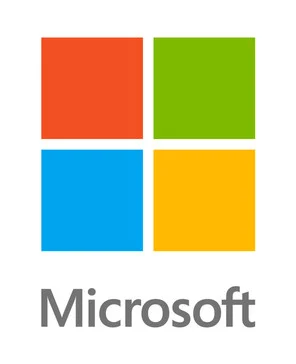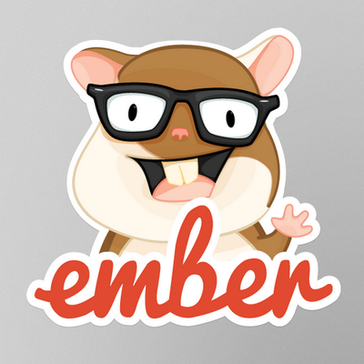
Apache Wicket
Apache Wicket 10 is a powerful open-source Java web framework, seamlessly integrating with Java 17. It simplifies modern web development by allowing developers to leverage familiar Java tools while avoiding the complexities of JavaScript. Enhanced with automatic Content Security Policy support and an efficient migration tool, Wicket enables the creation of secure, maintainable web applications.
Top Apache Wicket Alternatives
Apache Tiles
Apache Tiles is a free, open-source templating framework designed for modern Java applications.
Windows Communication Foundation
Windows Communication Foundation (WCF) is a robust framework for developing service-oriented applications, enabling seamless data exchange via asynchronous messages.
Play
Play is a lightweight, stateless web framework designed for modern web and mobile applications.
Apache Maven Doxia
Doxia is a versatile content generation framework designed for both static and dynamic content creation.
MashShare
MashShare is a powerful WordPress social media sharing plugin designed to enhance online visibility and drive traffic.
web2py
web2py is a robust web framework inspired by Ruby on Rails and Django, designed for rapid application development using Python.
Apache Cocoon
It utilizes component pipelines, enabling a modular, Lego-like assembly of web solutions without extensive programming...
AnyChart JS Charts
With 60+ chart types and extensive tutorials, users can explore data visualization through hands-on examples...
Hibernate
It offers declarative mapping through annotations, on-demand mass indexing, and listener-triggered updates, ensuring real-time accuracy...
GWT - Google Web Toolkit
The project provides essential tools, documentation, and resources for contributors, ensuring enthusiasts stay updated on...
ember.js
Its powerful router and data access library streamline UI and data integration, while a dedicated...
Apache Jena
Users can create and manipulate RDF graphs, serialize data in formats like RDF/XML and Turtle...
Apache Felix
It focuses on modularity and service orientation, facilitating dynamic service deployment and remote management...
JUnit
It enables seamless integration with build tools and continuous integration systems, ensuring code reliability...
Apache Wicket Review and Overview
People can interact with the software that runs on the Web with the help of an interface. For the creation of the interface, you need a framework. Apache Wicket is one such framework that helps in creating the Web interface.
Overview
It helps in building web interfaces by providing patterns that are known from the desktop UI development. It makes use of Java code and HTML pages that are XHTML compliant. It provides a partition kind of layer so as to provide a shield to the developers from working at a lower level. To create a new Web page, you need two files, namely the Java file and the HTML file having the same name but different extensions. These files should be stored under the same directory.
Components of Apache Wicket
The components of Wicket include the HTML markup, a Java class, and a model. The components use the model for accessing the data. It uses the components in such a way that it creates a code that can be reused. JavaScript is not used in this process. Wicket provides many AJAX-enabled components. The developer is free from taking the burden of performing the mechanism by which modifying a Java object translates to a change in the Web page.
Features
You can make use of your knowledge about the Java language and the HTML editor to develop a Wicket application. Wicket keeps the model private. You can write AJAX applications without making use of JavaScript with the help of Apache Wicket. It is open-source software. The objects in Wicket follow inheritance, encapsulation, and events. You can easily create high-level components. It supports 25 different languages. It has automatic stage storage that enables users to open pages in new tabs and Windows. With the Apache Wicket, you can test your components and pages. Wicket provides integration with Spring and Guice.
Top Apache Wicket Features
- Java 17 compatibility
- OpenJDK Quality Outreach
- Migration tool with OpenRewrite
- Full CSP support
- Automatic nonce generation
- No unsafe directives needed
- Easy integration with Maven
- Pure Java and HTML markup
- Ajax without JavaScript
- Component-oriented architecture
- Automatic state storage
- Multi-language support
- Encapsulation and inheritance
- Testing without browser
- Dependency injection support
- Integration with Jakarta EE
- Self-contained component libraries
- Robust community support
- Long-term project viability.














